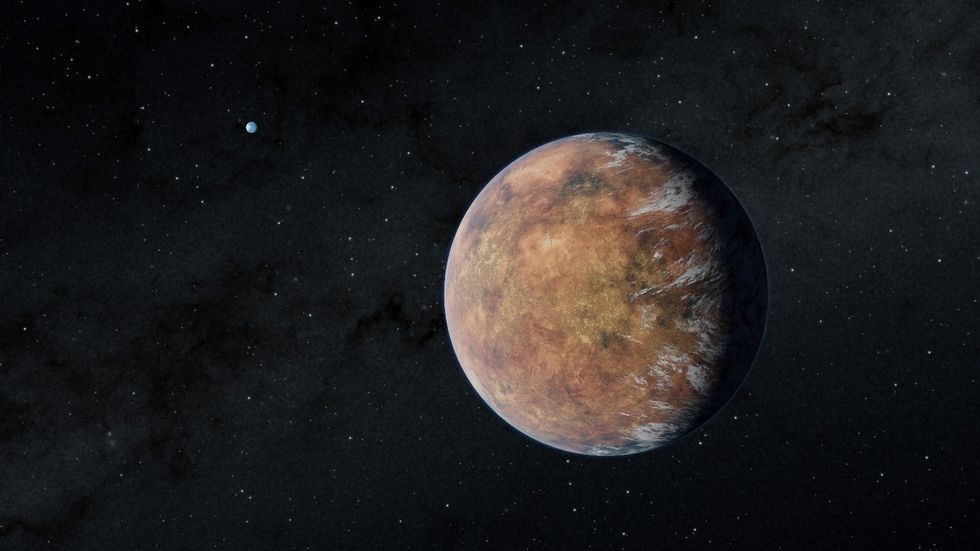NASA finds stunning 'new Earth' that could be habitable for humans - 'Exciting prospect!'

The 'new Earth' named TOI 700 e has been discovered by NASA
NASA

NASA has discovered a ‘new Earth’ orbiting around a faraway star and it could be habitable for humans.
The planet, named TOI 700 e, is the fourth found in the TOI 700 system, which is 100 light-years away.
Research teams presented the finding at the 241st meeting of the American Astronomical Society in Seattle on Tuesday.
The TOI 700 – a small, cool dwarf star - is also home to planets TOI 700 b, c and d.
The TOI 700 system is a small, cool dwarf star
NASA
Although, just two out of the four planets, d and e, fall into the habitable zone, where the distance between the planet and the star is at a point that can sustain liquid water.
Emily Gilbert, a postdoctoral fellow at NASA’s Jet Propulsion Laboratory in Southern California said the newly discovered planet is just one of only “a few systems with multiple, small, habitable-zone planets that we know of.”
Scientists used data from NASA’s Transiting Exoplanet Survey Satellite (TESS) to identify the new planet, which is 95 per cent of Earth’s size and likely rocky.
Researchers say Planet e takes 28 days to orbit its star and they believe all the planets are tidally locked – meaning they only spin once per orbit so one side always faces the star.
Gilbert explained that the continued study of the TOI 700 system is important for future insights.
She said: “That makes the TOI 700 system an exciting prospect for additional follow-up. Planet e is about 10 per cent smaller than planet d, so the system also shows how additional TESS observations help us find smaller and smaller worlds.”
TESS, which detects far-flung planets and stars, has four cameras in order to see 85 per cent of the sky while searching for exoplanets less than 300 light-years away.
TESS was originally supposed to be a two-year mission which started in 2018 but returned to the sky in 2020 for an extra year.
The new planet is thought to be habitable for humans
NASA
Ben Hord, a graduate researcher at Goddard said: “If the star was a little closer or the planet a little bigger, we might have been able to spot TOI 700 e in the first year of TESS data.
“But the signal was so faint that we needed the additional year of transit observations to identify it.”
In 2022, over 300 exoplanets were discovered, including water worlds and a burgeoning gas giant, as well as TOI 3757 b.